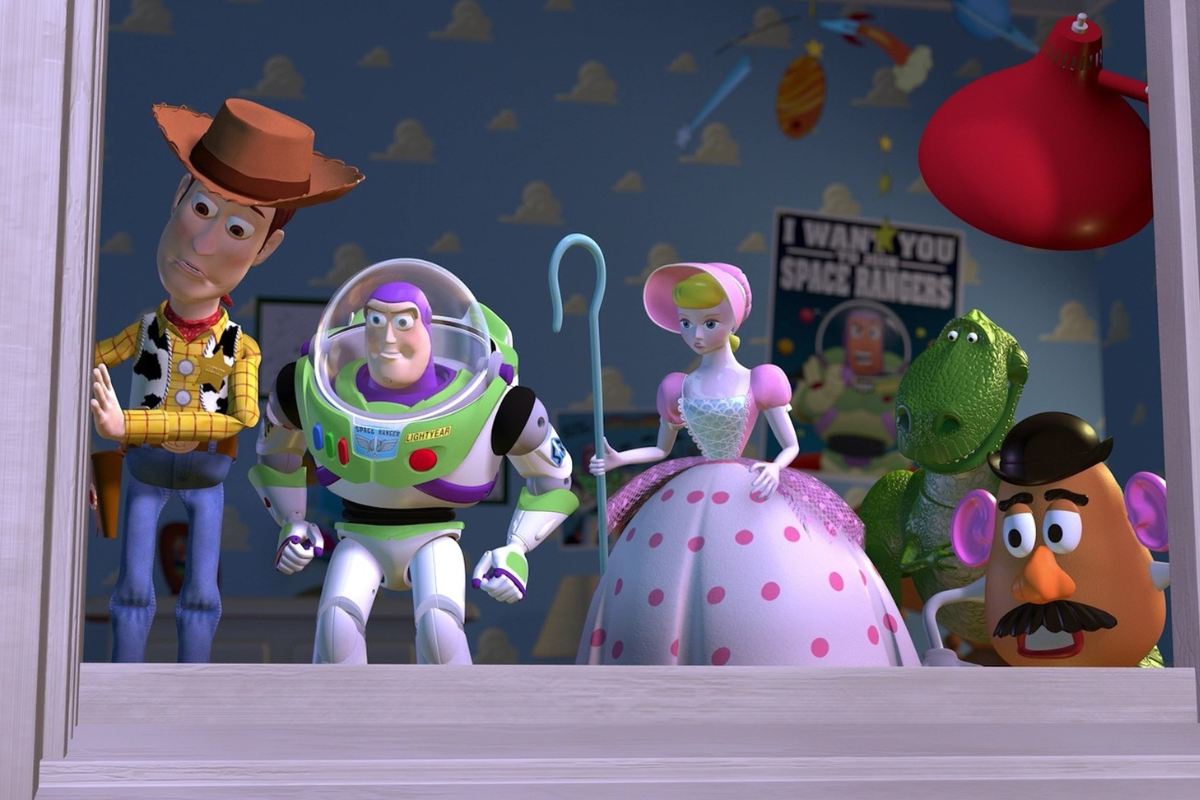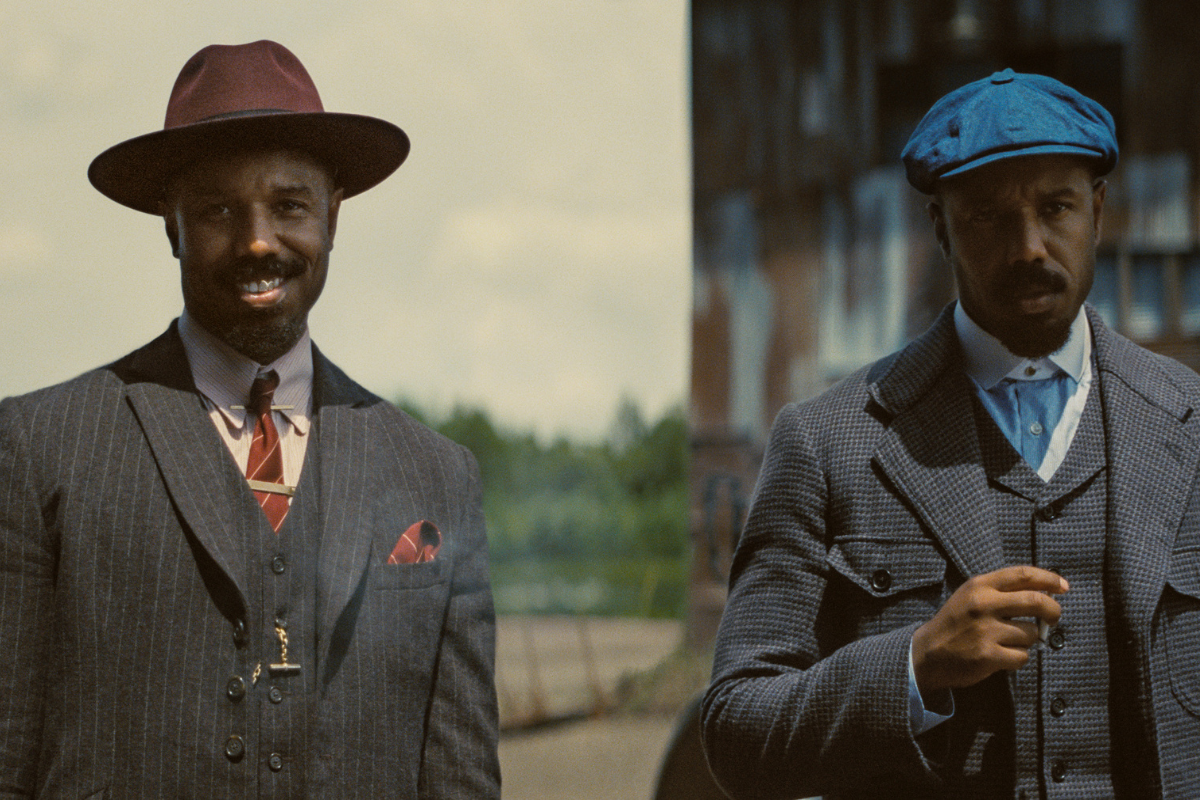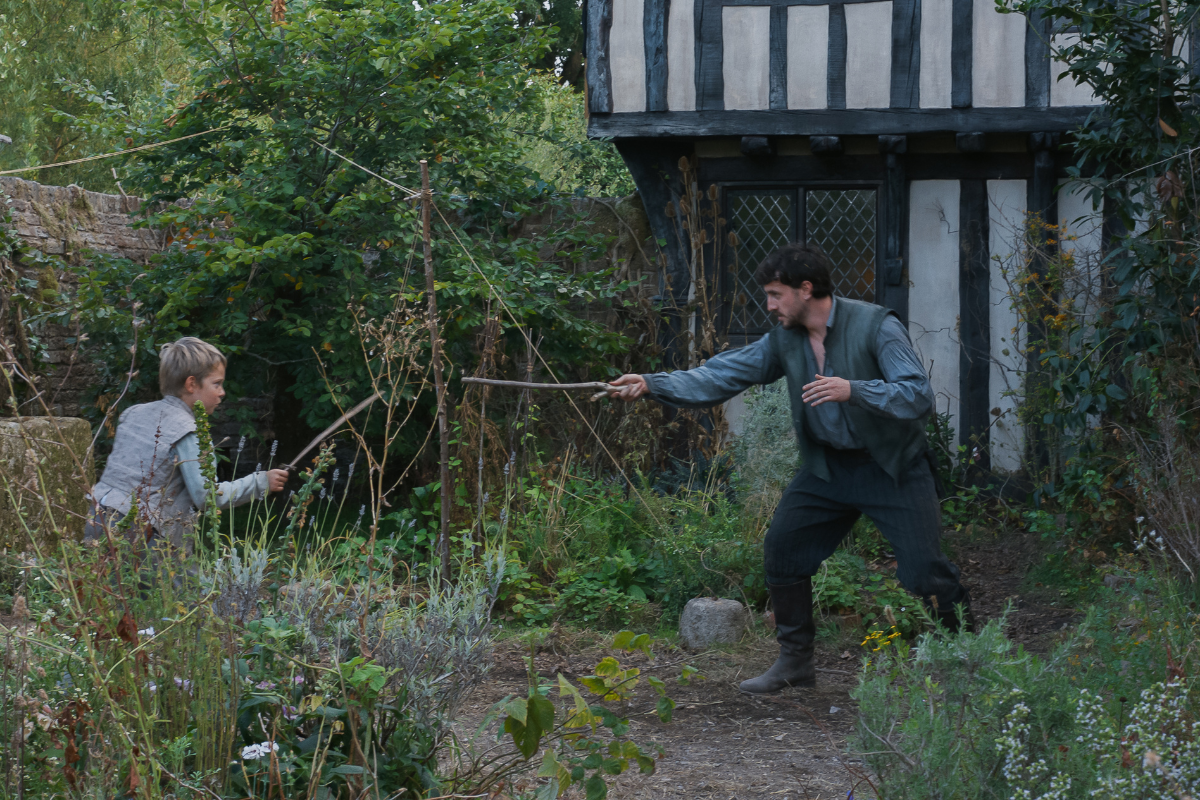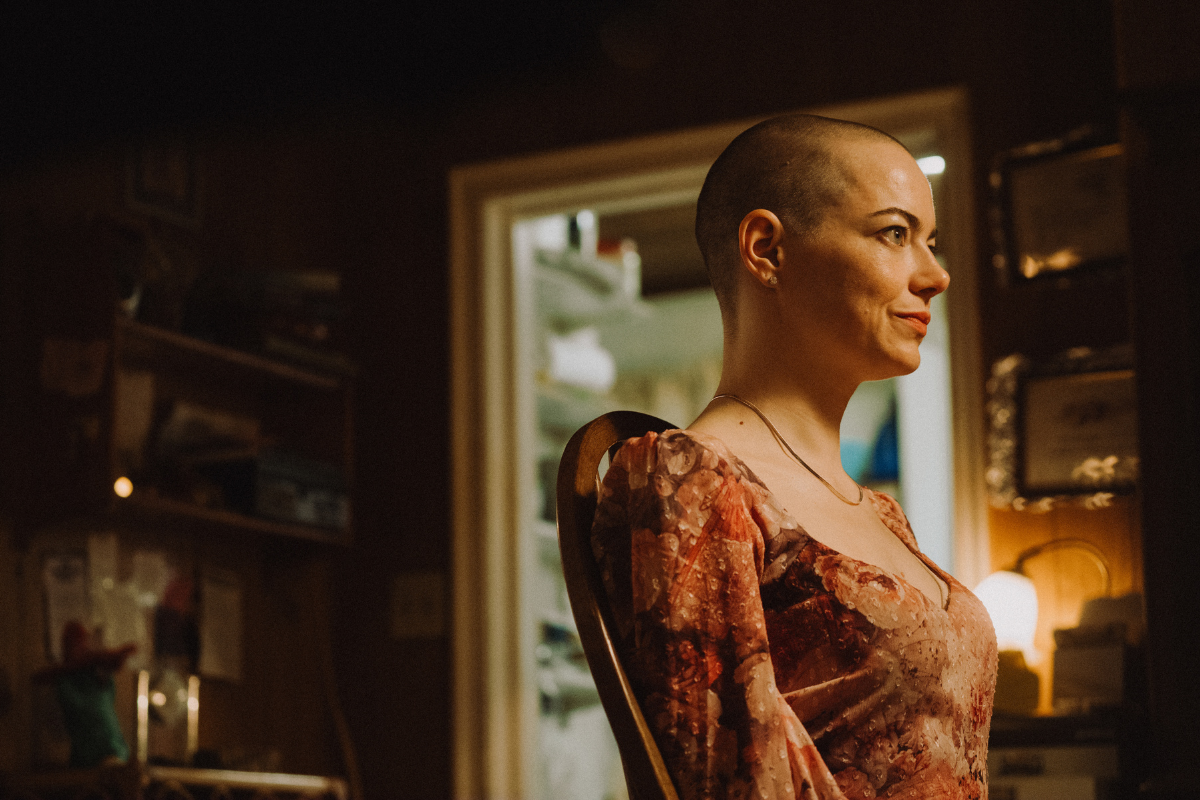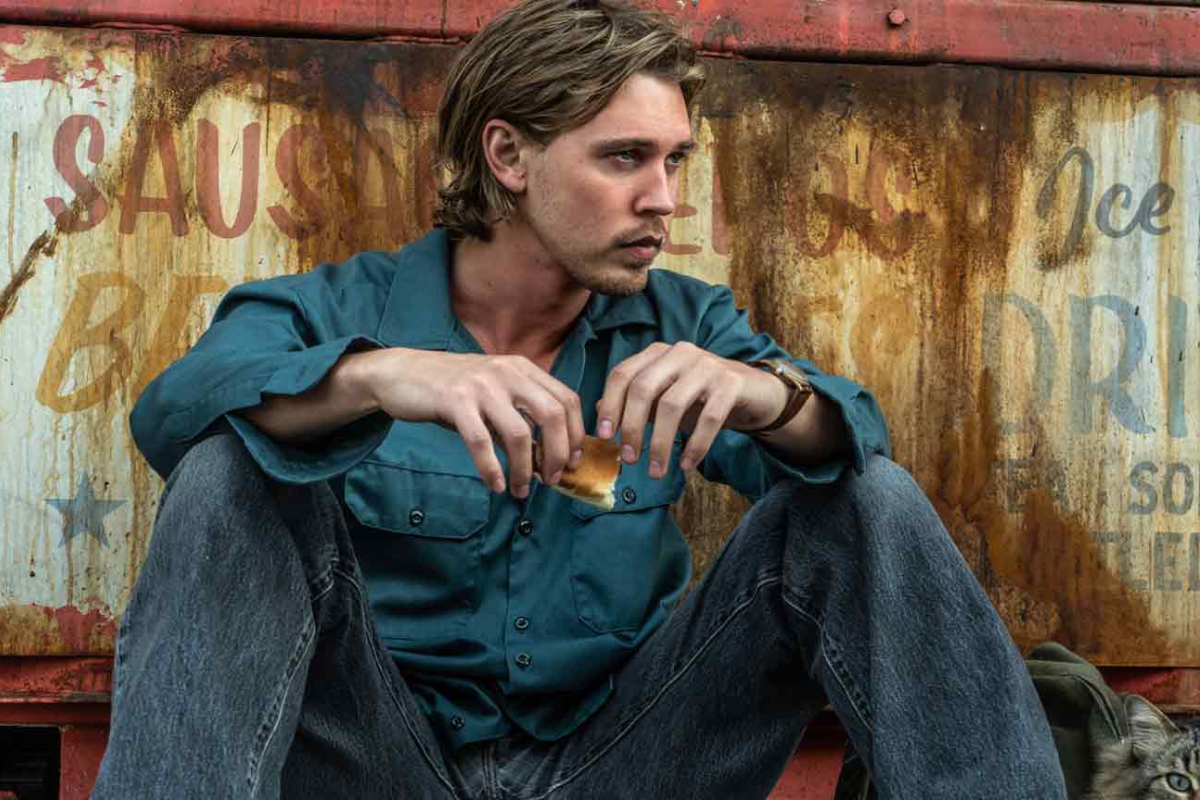STORYTELLING STRATEGIES: Inside Out’s Outsized Story
The storytellers of ‘Inside Out’ faced a unique story development problem inherent in the initial inspiration of a story in which the various emotions inside a human being are personified with animated characters: whose story is it?
Paul Joseph Gulino is an award-winning screenwriter and playwright, whose book, Screenwriting: The Sequence Approach has been adopted as a textbook at universities around the globe.
Maintaining fealty to the initial premise can be a challenge.
The storytellers of Inside Out (directed by Pete Docter & Ronaldo Del Carmen, who also co-wrote with Meg LeFauve, Josh Cooley, Amy Poehler and Bill Hader) faced a unique story development problem inherent in the initial inspiration of a story in which the various emotions inside a human being are personified with animated characters: whose story is it?
It would seem obvious that the main character in such a premise would be the human being in whose brain the various emotions play out. However, from the get-go, Pete Docter saw not Riley (Kaitlyn Dias), the 11-year-old girl in the story, but rather Joy (Amy Poehler), the personification of, well, joy, as the main character. Further, he saw Joy as having something of a parental viewpoint, yielding the primary character arc and thematic material of the film: you can’t be happy all the time.
The story development process is always a complex matter, even when writing alone on spec. Writing at the studio level is more complex still, since there are more chefs in the kitchen and more money at stake. Feature animation seems to be the most complex, often taking years and multiple story teams before the final script is in place.
Pixar’s products at the end of this process have invariably sparkled with wit, imagination and inventiveness, deliver a visually dazzling experience, and achieve critical and box-office success.
But in this case, was the choice of main character the best one?
The Premise
The idea that we as humans can be multiple selves, an ever-evolving product of conflicting emotions and painfully-gained insights, is readily understandable. A battle between these emotions, if personified and animated, could yield a remarkable story.
But Docter’s team didn’t explore that story. Instead they chose to explore the character arc of a personified emotion. What is a personified emotion? If you’ve never encountered one, join the club. In this case it’s apparently a dynamic animated creature who sounds like Amy Poehler. My point here is that by choosing to focus on Joy rather than Riley, the storytellers instantly diminished the universality of their work.
And from there, the story problems multiply.
Even though Joy was chosen as the main character, the storytellers still had that human being, Riley, who is central to the premise. Since she’s now a supporting character she winds up taking relatively less screen time, and becomes a largely passive victim of circumstance rather than an active, dynamic character. She’s a person things happen to, rather than someone who does things. And—she’s just not that interesting.
Meanwhile, Joy is treated as the de facto leader of the other emotions, without any explanation. Why is she dominant? Why do the others defer to her? They seem paralyzed when she and Sadness (Phyllis Smith) go off on their unexpected journey through Riley’s psyche. Are the storytellers suggesting that the default setting of human emotions is joy, and the rest have to compete for attention and/or defer to joy? This choice pulls us further from the basic premise.
Further, how can we explain the notion that Joy has a parent’s point of view? The idea that an 11-year-old girl has, within herself, a parental perspective, is rather unusual to say the least, and certainly not borne out in my own parental experience. And yet there is Joy, an integral part of Riley’s psyche, conducting her business like Riley's mother.
Main Story: A Journey
Once Riley has been relegated to a secondary role, the central action of the second act is that journey by Joy and Sadness through the landscape of Riley’s brain/psyche to get back to headquarters.
However, since the storytellers had to invest so much screen time setting up Riley’s world and the very complicated workings of headquarters, with its various balls representing types of memory and how they are managed, they wound up not having enough time to set up the extraordinary brain/psyche world outside headquarters. The result is what I guess should be called Failure To Set Stuff Up Syndrome, or FSSUS, noted elsewhere here, here and here.
The chief audience experience in movies suffering from FSSUS is of being dazzled by effects and enjoying the ride but largely left as an outside observer who gets told stuff rather than discovering and participating in the unfolding action. What are the rules of someone walking through the human psyche in order to restore certain memories? We’re only told this as the story goes along, giving the adventure an improvised feel. When our heroes are locked up in a prison in the Subconscious of Imagination Land, how do they know that a giant clown can be counted on to smash the door down? And what’s with the giant clown anyway? Why was it particularly relevant? None of it makes sense but somehow it all works to the benefit of Joy and company.
After a while, fear for our heroes loses its sting, because we can always safely assume there is some hitherto unknown and unknowable escape route out there that will present itself and it’ll all be okay in the nick of time. The storytelling style undermines the impact of the story.
Worse still, even when the rules are set out clearly, the storytellers have a way of violating them. For example, when Anger (Lewis Black) screws the lightbulb-like “idea” into the control panel (which apparently makes Riley run away from home), it’s made clear that it cannot be removed once it’s in. Several scenes later, Sadness unscrews it.
We’re also told that when something falls into the memory dump abyss, there is no getting out. But when Joy and her imaginary childhood friend Bing Bong (Richard Kind) fall in, it turns out you just need to climb onto an imaginary rocket sled and sing loudly and you can ignite the sled and make your way out. Who knew?
Connections to Being Human
Meanwhile, with respect to the original premise, analogies between our experience of life as human beings and the events of the story become increasingly hard to figure as the story unfolds. I.e., we can all relate to an experience of conflicted feelings like joy and sadness. But what does it actually mean when, in the human mind, joy and sadness become temporarily unavailable because they're stuck far away from headquarters? Does it manifest itself as a chemical imbalance in a human?
Perhaps equally troubling is Bing Bong’s role in Joy’s escape from the abyss—he sacrifices himself so Joy can go on, and winds up disappearing from Riley’s memory. What are the storytellers trying to say with this choice? That at some point we must let go of our childhood imagination? This seems an odd statement coming from a group of filmmakers who make a good living creating and spending a lot of time with imaginary friends.
In the end, Joy learns a lesson about the value of sadness in the experience of being human. But does Riley learn anything? That’s not clear at all.
Ultimately, the story development process of Inside Out led the story team further and further away from a story about how emotions can be personified, and more toward a story about offbeat “brain creatures” and their adventures in brainland.
Solutions
I wasn’t in the conference room with the storytellers when the many, many permutations of this story were hashed out, but two solutions come to mind in viewing the final product that I think would have yielded a more cogently and fully realized film.
1. Stick more faithfully to the original premise of the personification of emotions and invest more story in Riley. Instead of a passive character, why not explore the life of a more adventurous tween girl? Does she ever play hooky? Otherwise engage in adventurous or risky behavior? What motivates it? What emotions are involved? How might these emotions battle each other? Maybe a character named Reason could be added to the mix, trying to strike a balance between itself and all those rampant emotions. Hope and fear for the audience become centered not around whether Joy can learn a lesson but whether the various personified emotions, accompanied by Reason, can work out a way to get Riley to survive her eleventh year.
If we stick closer to the given theme, that sadness has a place, why not explore the reasons a child (as opposed to a parent) might wish always to present a joyful demeanor? There is plenty of evidence that children sometimes act extremely well-behaved and cheerful as a way of coping with early abandonment trauma. During the course of the story, Riley could realize that there is value to expressing genuine emotions, including sadness and tears, rather than living an emotional lie. This is something that could be played out both in Riley’s life and in the battles between the personified emotions, and it would have universal meaning.
2. Go with the premise that our emotions can sometimes act incompetently and inexplicably, and tie this to their personified emotions messing things up and going on mind/psyche journeys.
For example, have you ever known someone who is perfectly normal and then suddenly acts emotionally imbalanced? Well, what’s really going on is that brain creatures that control them just had a fight or got sucked into a “memory tube” and have make their way back to headquarters before your friend is put in a 72 hour lockdown.
This is kind of like the argument Docter himself was making in Toy Story—i.e., do you remember all those times when you were a kid and the toys just weren’t where you left them? Well, here’s the real reason why.
Developed this way, Riley becomes far less important as a character and more screen time can be invested in setting up that journey, without the FSSUS.
It Was A Smash Hit
This column focuses on storytelling, but there's more to a narrative film than story. The creators of Inside Out displayed dazzling skill with respect to dialogue, scene work, characterization, performance and visual realization. In this case, these strengths provided a ready distraction from some questionable storytelling choices.
- More articles by Paul Joseph Gulino
- Script Notes: Who is the Hero?
- FREE Download to Help Create Character Development with Plot Points
Get help structuring your story with
Movie Outline 3.1 Software - ON SALE until 7/31/2015!
Paul Joseph Gulino is an award winning screenwriter and playwright, whose credits include two produced screenplays in addition to numerous commissioned works and script consultations, and his plays have been produced in New York and Los Angeles. He taught screenwriting at the University of Southern California for five years, and since 1998 has taught at Chapman University in Orange, California where he is an associate professor. He has lectured and given workshops in the U.S. and Europe and recently guest-lectured at Disney Animation in Burbank. His books include Screenwriting: The Sequence Approach and The Science of Screenwriting: the Neuroscience Behind Storytelling Strategies, co-written with psychology professor Connie Shears. His web site is www.writesequence.com.



